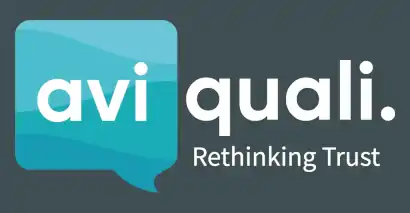Fixing Error 500
Once you've pinpointed the cause, fixing Error 500 involves addressing server and client-side issues. Taking proactive steps can prevent this error from recurring.
Server-Side Solutions
On the server side, ensure all software is up-to-date. Outdated software can create compatibility issues, leading to errors. Regular updates keep everything running smoothly. Also, consider implementing load balancing to manage server traffic more effectively.
Backing up your server frequently is another crucial step. In case of a failure, having a backup allows you to restore your system quickly, minimising downtime. Regular audits of server configurations can also preemptively catch potential issues before they escalate into Error 500.
Client-Side Troubleshooting
From a client's perspective, refreshing the page might solve temporary issues. Clearing your browser's cache and cookies can also help. These stored data can sometimes interfere with website loading, causing errors.
If problems persist, try using a different browser or device to access the site. This can help determine if the issue is specific to your current setup. Sometimes, simple steps like these can resolve the problem without further intervention.
Preventing Future Errors
To avoid the recurrence of Error 500, consistent maintenance and monitoring are essential. These practices ensure your website remains accessible and reliable for users.
Regular Maintenance Practices
Conduct regular maintenance checks on your website. This includes updating software, checking for code errors, and reviewing server configurations. Scheduled maintenance can catch potential problems early, preventing them from escalating into larger issues.
Regularly test your website on different devices and browsers. This ensures compatibility across platforms, offering a seamless experience for all users. Staying vigilant with maintenance reduces the chances of encountering Error 500 in the future.
Monitoring and Alerts
Implementing monitoring tools can alert you to potential issues before they affect users. These tools provide real-time data on server performance, allowing you to address problems promptly. Setting up alerts for unusual activity or performance dips ensures you're always informed.
Additionally, monitoring user feedback can offer insights into any recurring issues. Users often notice problems early, and their feedback can guide your troubleshooting efforts. With these practices, you can maintain a smooth and error-free website experience.
When to Seek Professional Help
Sometimes, despite your best efforts, Error 500 persists. Knowing when to seek professional assistance can save time and prevent further complications.
Recognising Persistent Issues
If Error 500 continues to appear despite troubleshooting, it might indicate a deeper issue. Persistent errors often require a more detailed investigation. At this point, it might be time to consult experts who specialise in server management and website development.
Don't hesitate to seek professional help if you're unsure about the problem's complexity. Delaying this step can exacerbate the situation, making it more challenging to resolve in the long run.
Working with IT Specialists
Collaborating with IT specialists can provide a fresh perspective on persistent errors. They can offer tailored solutions based on their expertise, ensuring your website runs smoothly. Their insights can also highlight areas for improvement, boosting overall performance.
Engaging with professionals allows you to focus on other aspects of your website, knowing that the technical side is in capable hands. By recognising when to seek help, you maintain your website's quality and reliability, ensuring a positive experience for all users.
In summary, understanding Error 500 and its solutions can significantly enhance your browsing and website management experience. Regular maintenance, prompt troubleshooting, and professional assistance when needed ensure your site remains accessible and reliable.























